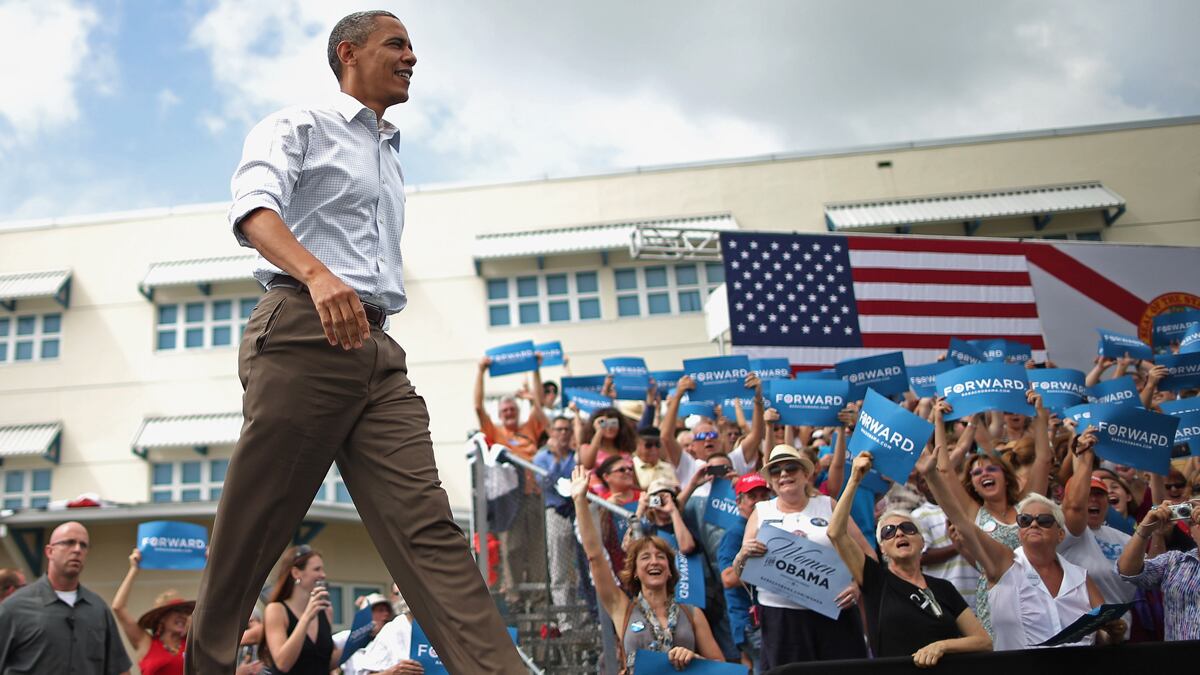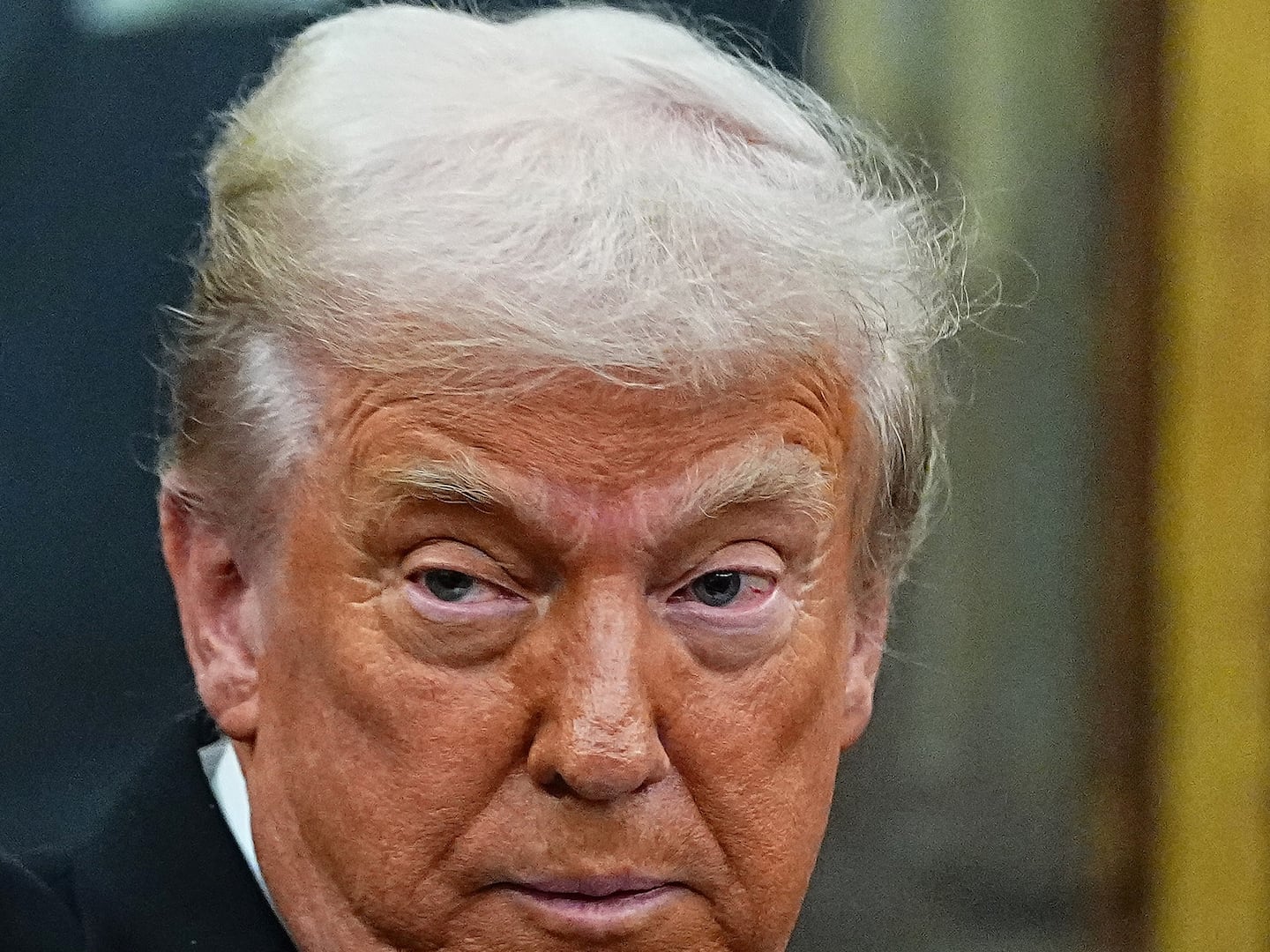In the past, the stock market has been an incredibly accurate predictor of the presidential race. According to stock market historian Sam Stovall, S&P Capital IQ’s Chief Investment Strategist, if the Standard & Poor’s 500 rises in the three months preceding election day, the incumbent is almost sure to win. Since 1948, the S&P 500 has had an 88 percent accuracy rate in predicting the reelection of the party in power—better than jobs figures, not to mention almost all prediction models.

Given the S&P 500’s solid track record, some stats junkies have tried to correlate its daily price swings with Obama’s approval rating. If stocks go up, the president of a stockholding nation becomes more popular. And if stocks go up, it probably means something good is happening—or about to happen—in the economy. That’s also good for an incumbent president. Joe Weisenthal and Jon Terbush at Business Insider charted both over the year of 2011, and argued that “the lines basically move together perfectly. THIS is why the President is coming back.”
Well, yes. If you like at the right time frame. Look at Obama’s whole presidency, or even the past six months, and the correlation collapses. And when you index the data—i.e., when you compare the percentage change in the two metrics—a different picture emerges. Here’s the S&P 500’s adjusted closing price and Obama’s Gallup approval rating over the past three years:

Of course, it’s possible to construct a time-window in which the lines do appear to move in the same general direction. Over the past year, for example, both Obama’s approval and the S&P have generally trended upward. Here’s that chart:

But over the past six months, again, percent-change in Obama’s approval rating has not followed percent-change in the S&P.

The percent-change versus percent-change approach shows that the day-to-day gauntlet of spin and messaging is probably influencing Obama’s approval rating a lot more than the S&P 500. A broader market boom two months prior to the election would certainly spell good news for the president, especially if that 88 percent figure holds strong. But correlation is a relatively simple matter; cause is a much harder one.






